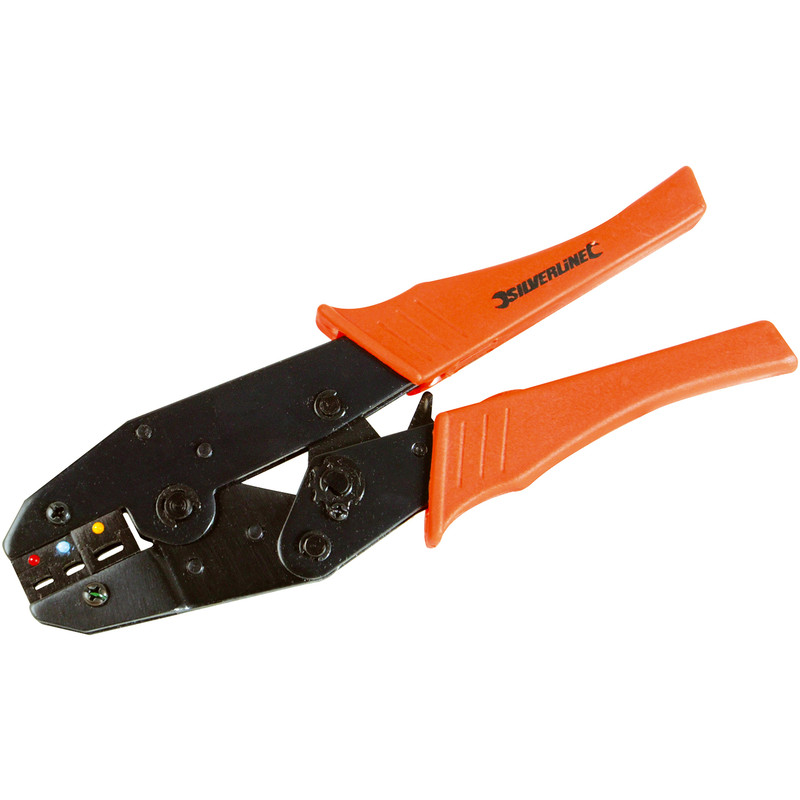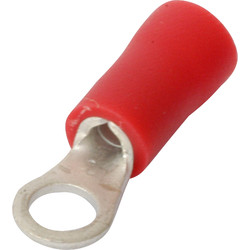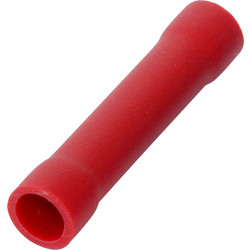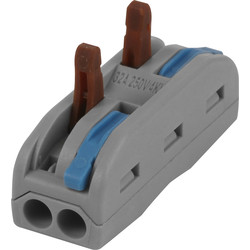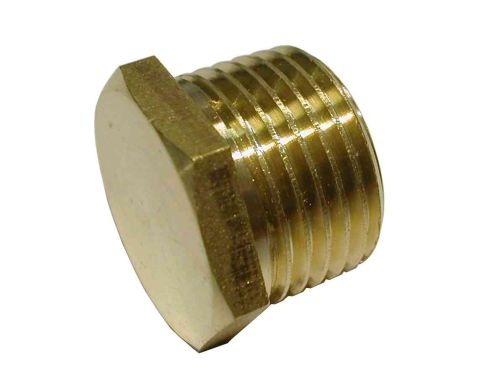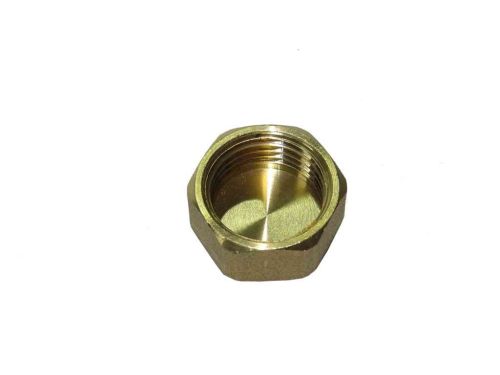Where the cable goes in needs to have some form of protection against chaffing against the drilled hole, and really some form of restraint.
If you can fit a gland like one of these (assuming your cable is no more than 6.5mm outer diameter, otherwise the larger sizes such as PG9/M16 would be needed)) you achieve both:

uk.rs-online.com
However I don't know how it compares in terms of size - your light looks a bit smaller than I originally thought when you talked of cast pipe and that particular gland is for a 12mm hole. Either flat-ish sheet using the supplied nut, or a tapped (threaded) hole, though that might not be so easy on a strong curve.
It is quite possible you could fit a (probably larger) gland to one of the hands or feet if it matched the thread size and would make installation easier, but may go against your aesthetics!
You also get plastic glands that are cheaper and in white/grey/black/red choices.
Or you could look at a grommet for cable entry and some sort of clamp ore P-clip arrangement internally to the pipe, that is typical of many commercial product (think of how the cable is held in your typical rewirable 13A plug).
Yes, it sounds fine. You can also join the wires internally using crimp insulated "butt joints" if needed, but they are permanent (short of cutting wire and stripping for another go), for example:

www.toolstation.com
Or the better though larger approach are the spring-loaded Wago terminals or other brands such as these:
Use these 32A spring lever connectors for an easy, fast-fit connection. The levers are a real time-saver, and the compact design makes them easier to work with in confined spaces.• 2 in 2 out inline lever connectors• Spring levers for easy, fast-fit connections• Colour-coded for live and...

www.toolstation.com
(though again I don't know if it fits your tube size easily enough and unfortunately Toolstation are rubbish at providing measurements, etc, on the web site).

